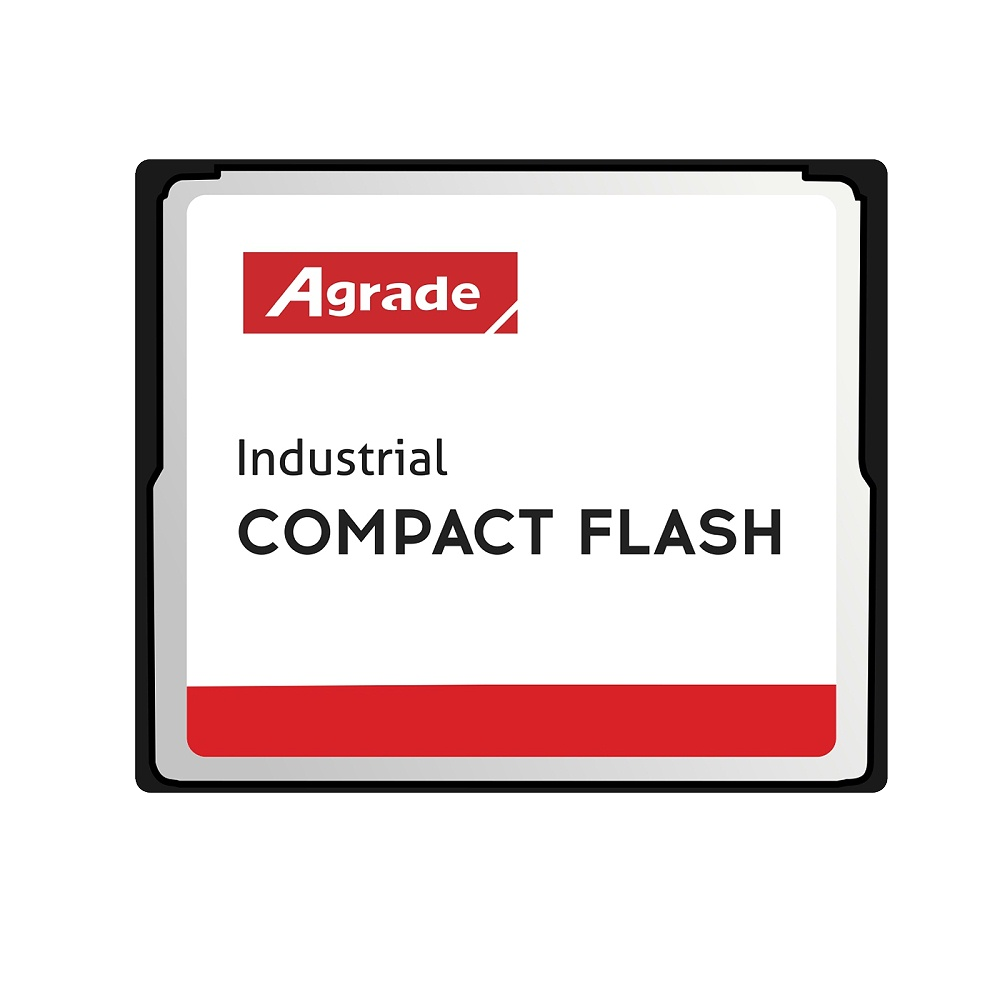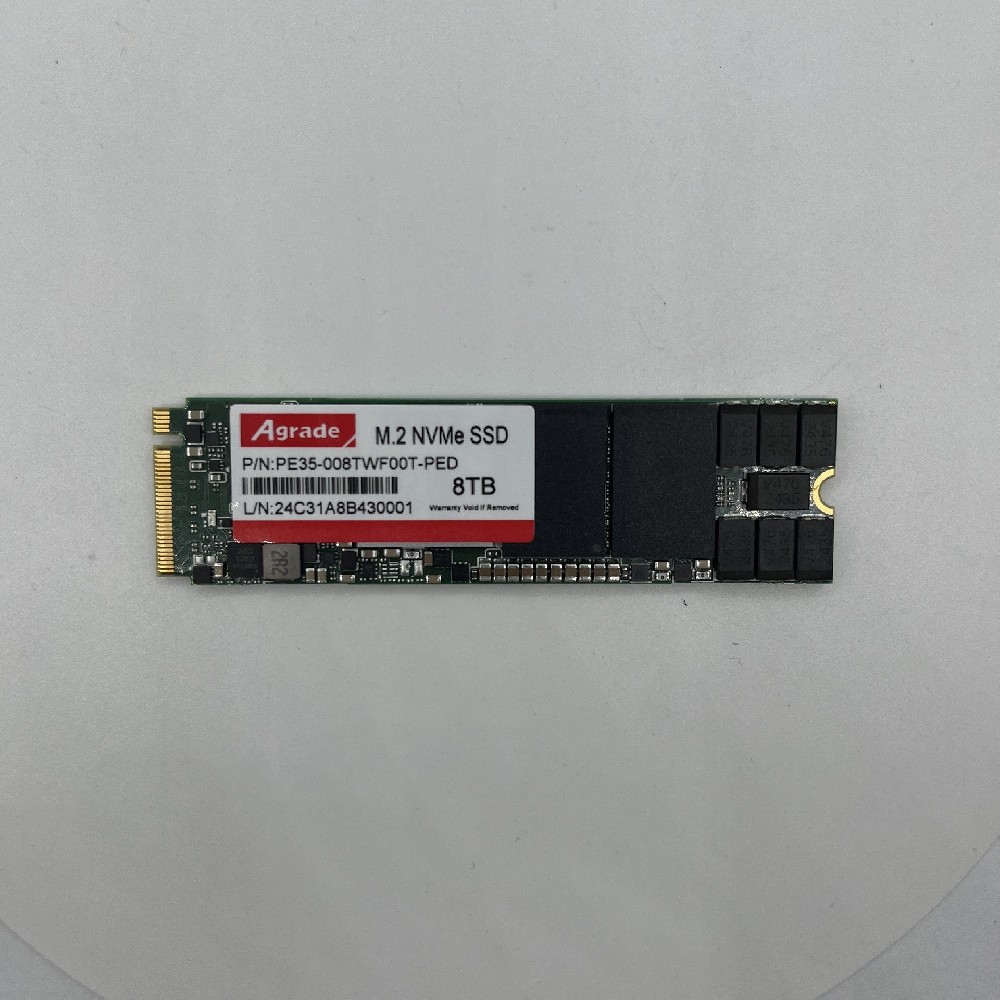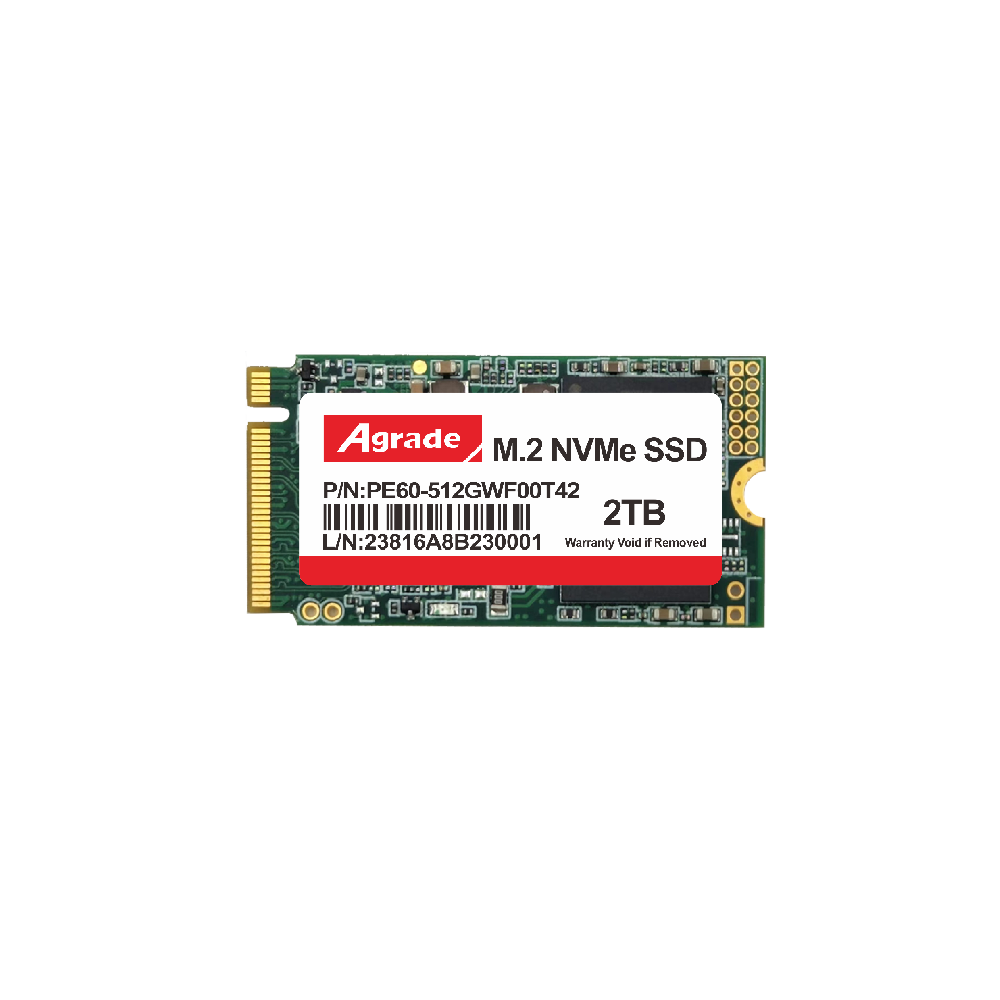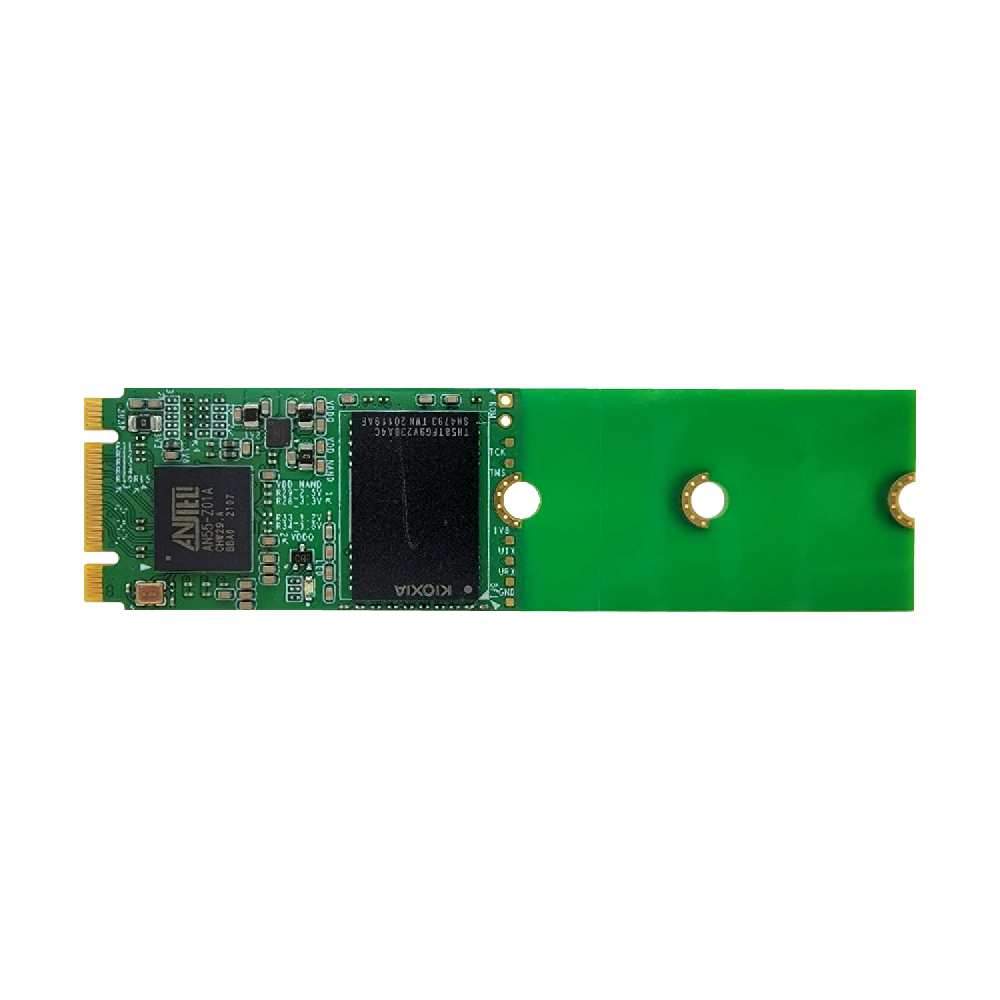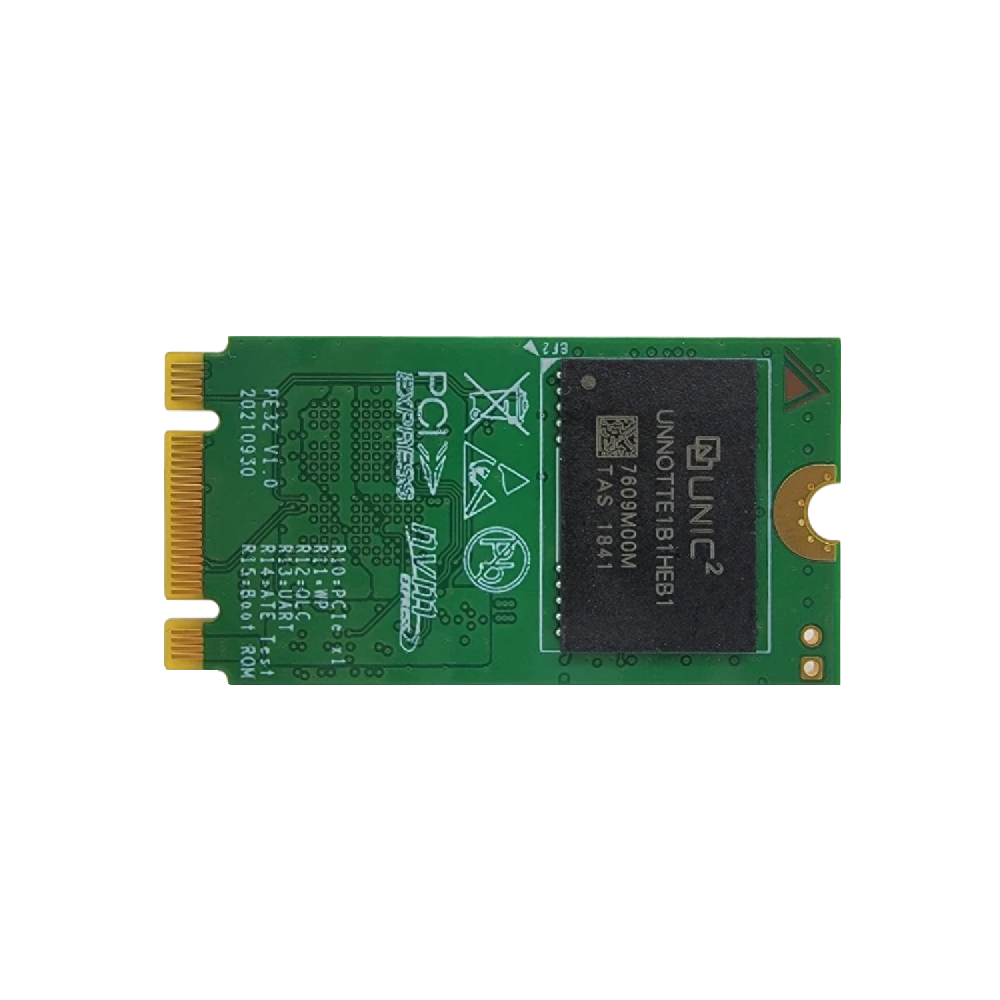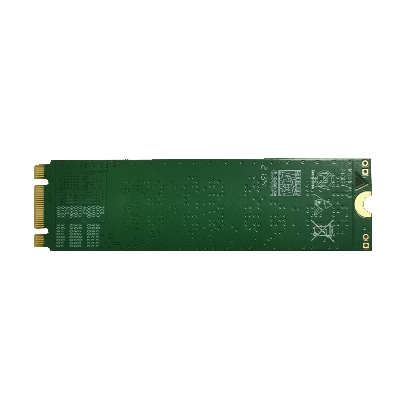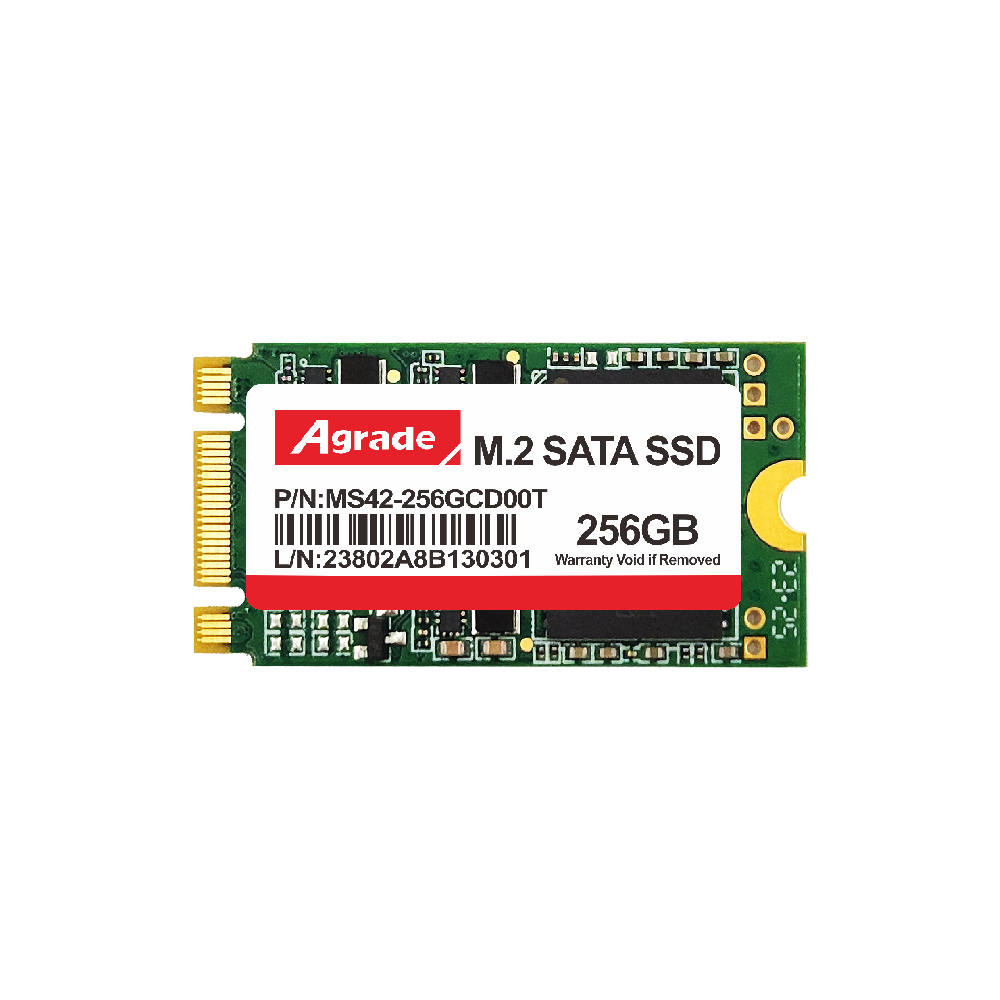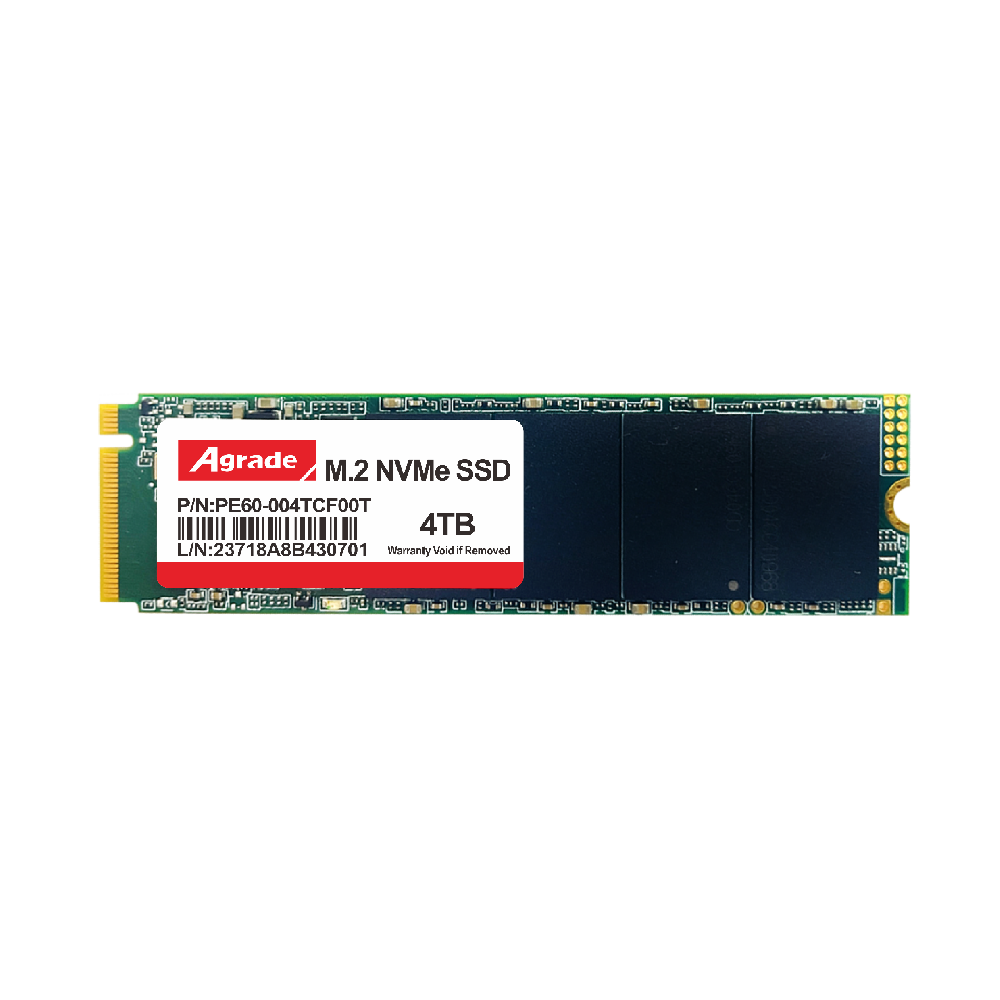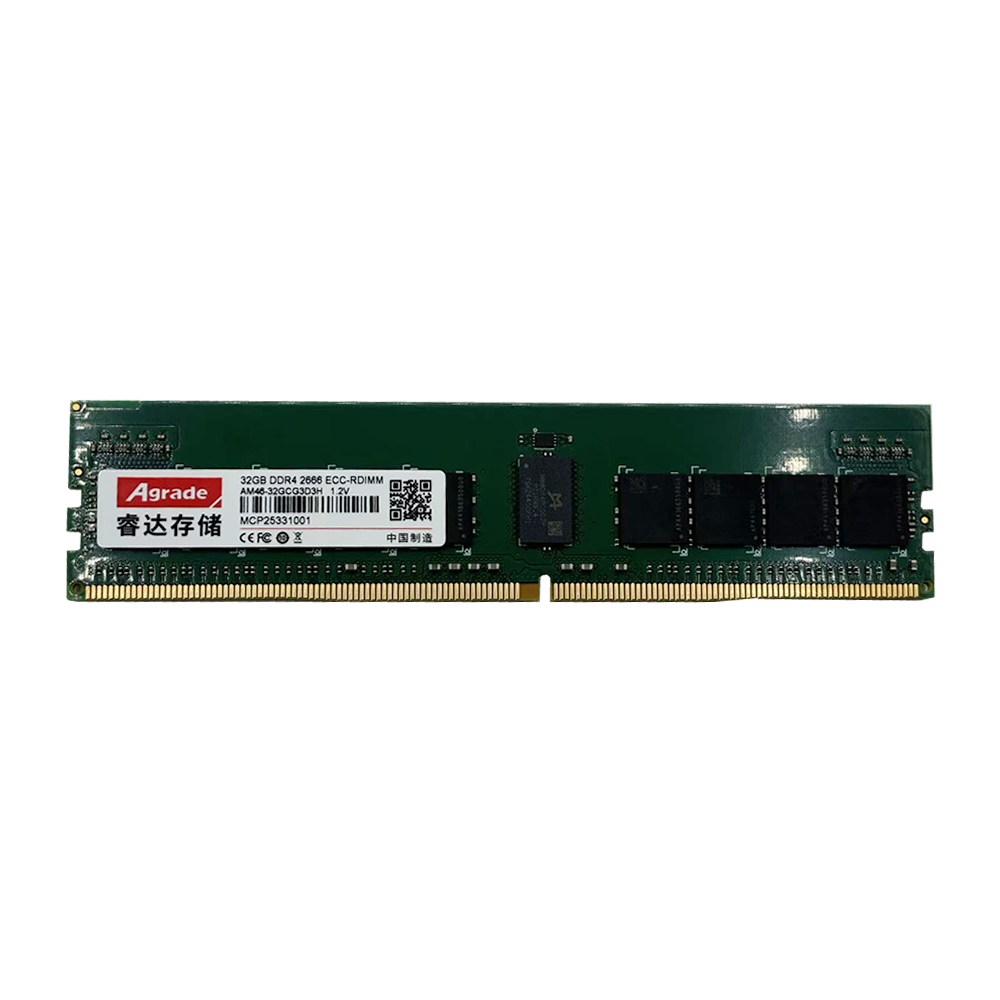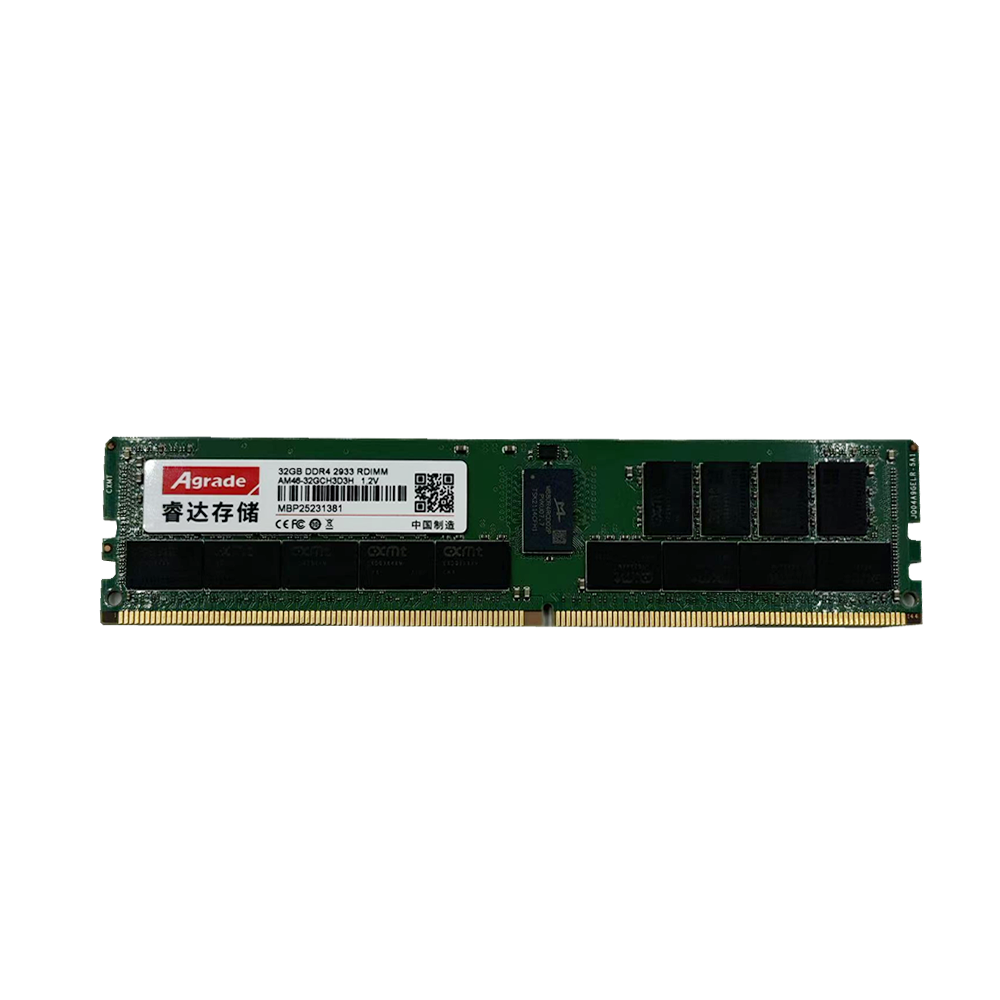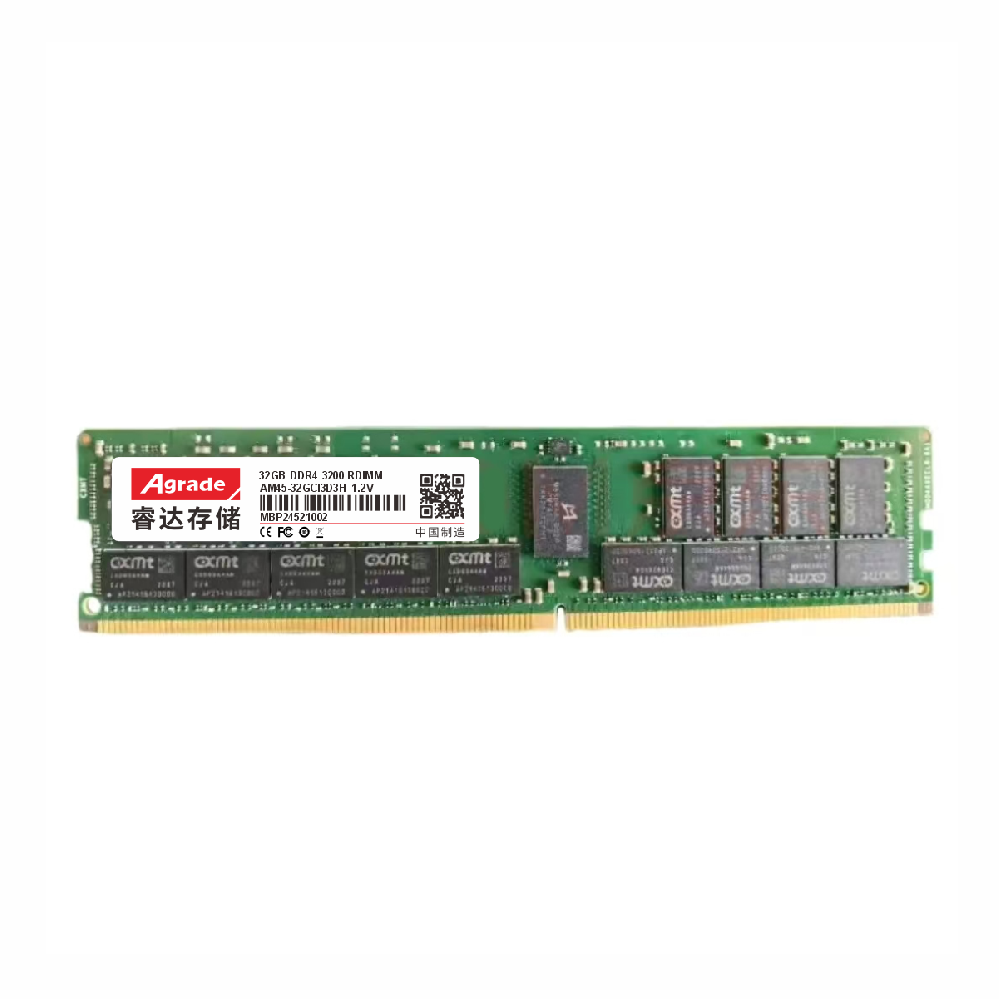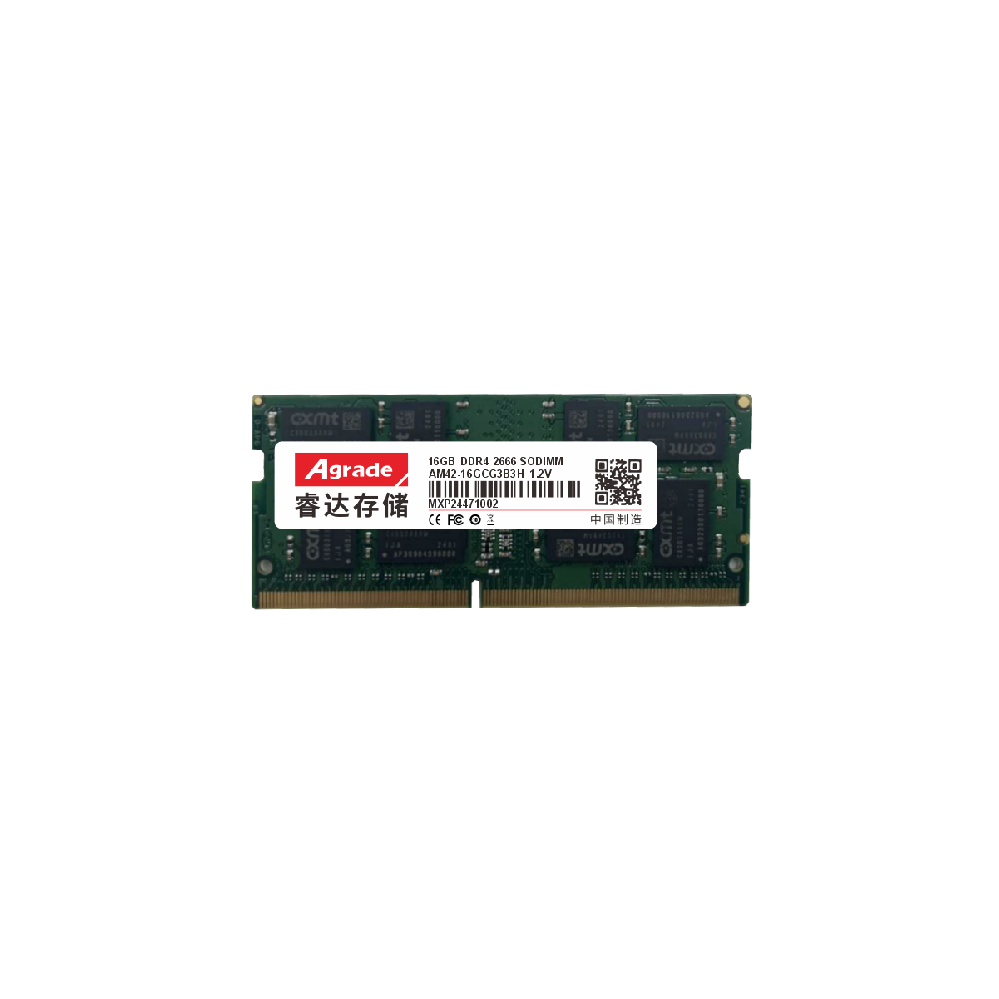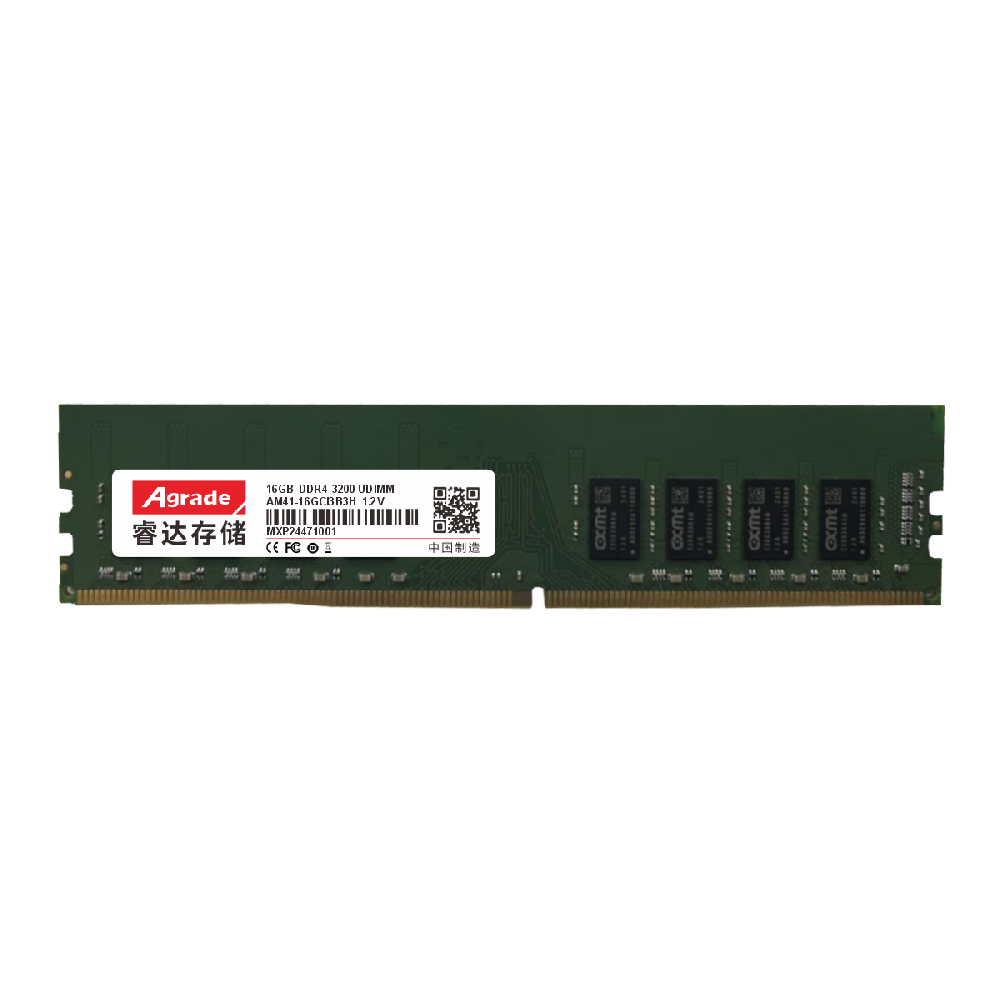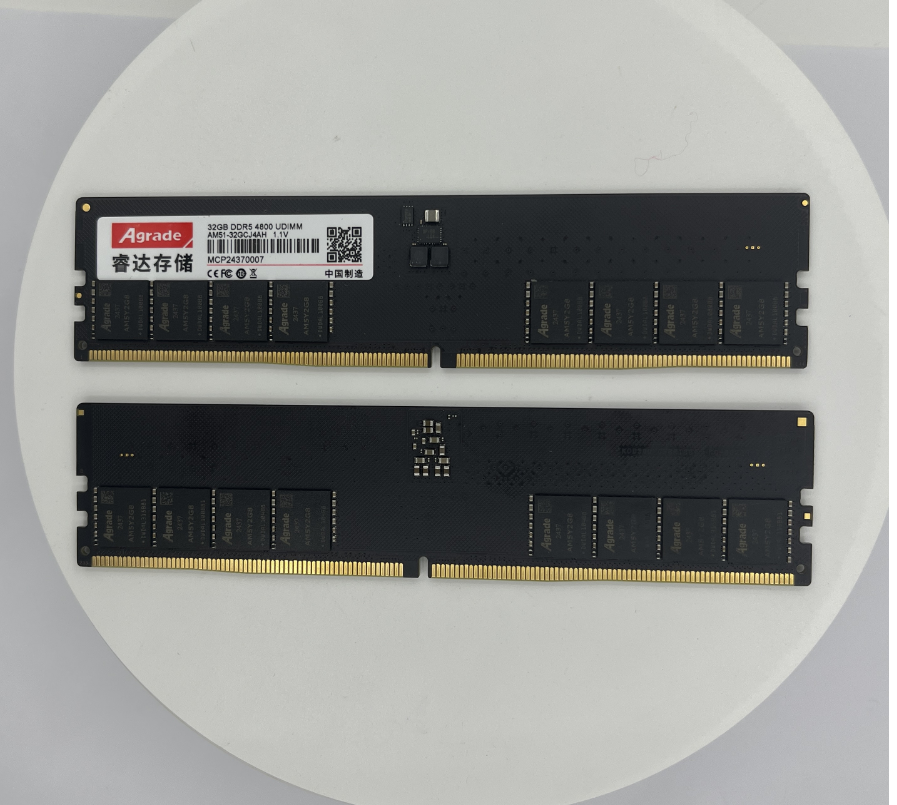

News
 电商部
电商部  2025-10-10 17:50:41
2025-10-10 17:50:41 NVMe Solid State Drive: In-Depth Exploration of Power-Saving Sleep Mode
With the rapid advancement of technology, NVMe solid-state drives (Non-Volatile Memory Express SSD) have gradually become the mainstream choice in the data storage field. Their high-speed data transfer, exceptional performance, and low power consumption have won widespread favor among users. However, for many users concerned with energy efficiency and device lifespan, whether NVMe SSDs support power-saving sleep mode has become a critical question.
In fact, NVMe SSDs do support power-saving sleep features, primarily through their built-in power management mechanisms. The NVMe protocol defines various power states, ranging from PS0 (full-speed state) to PS5 (deep sleep state). These states enable the drive to intelligently adjust power consumption across different usage scenarios. When the drive is idle or under low load, it can automatically switch to lower-power states to achieve energy efficiency.
In the power-saving sleep mechanism of NVMe solid-state drives, APST (Active Power State Transition) and ASPM (Active State Power Management) are two key technologies. APST allows the drive to proactively transition from PS0 state to PS3 or PS4 sleep state after a period of inactivity, thereby reducing power consumption. ASPM, on the other hand, is an energy-saving feature provided by the PCIe bus, which further reduces power consumption by automatically negotiating the power-saving state of the PCIe link at the hardware level during idle periods of the drive's operation.

It is worth noting that different NVMe SSDs may vary in their implementation of power-saving hibernation features. Some high-end OEM NVMe SSDs, such as the Toshiba RC100, offer excellent support for APST and ASPM, enabling significant cooling effects while maintaining minimal performance degradation when the power-saving mode is activated. These drives achieve this through highly integrated low-power designs, allowing them to maintain low power consumption levels even at full speed, thereby further improving energy efficiency.
Additionally, users can achieve fine-grained control over the power-saving sleep features of NVMe SSDs through BIOS settings or related software tools. For instance, in desktop computers, users can choose to enable or disable the ASPM function, while in laptops, ASPM is typically enforced to maximize battery life.
In summary, NVMe SSDs indeed support power-saving hibernation functionality. Through built-in power management mechanisms and advanced technical features, they achieve efficient energy utilization and outstanding performance. For users concerned with energy efficiency and device longevity, opting for an NVMe SSD with power-saving hibernation capabilities is undoubtedly a wise choice.

